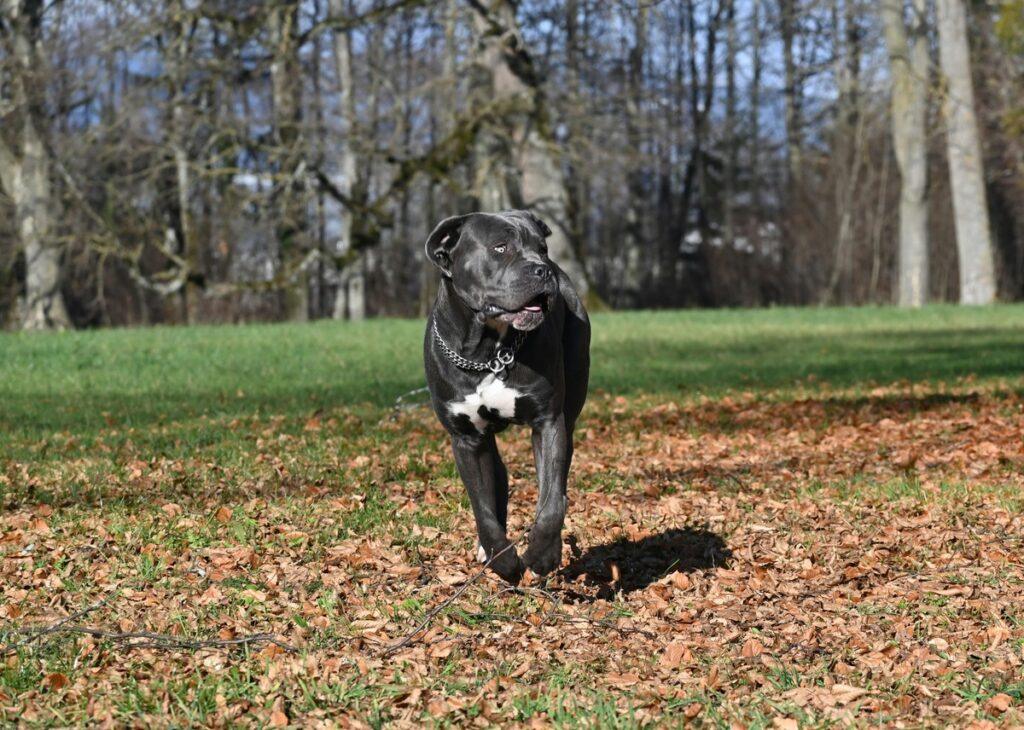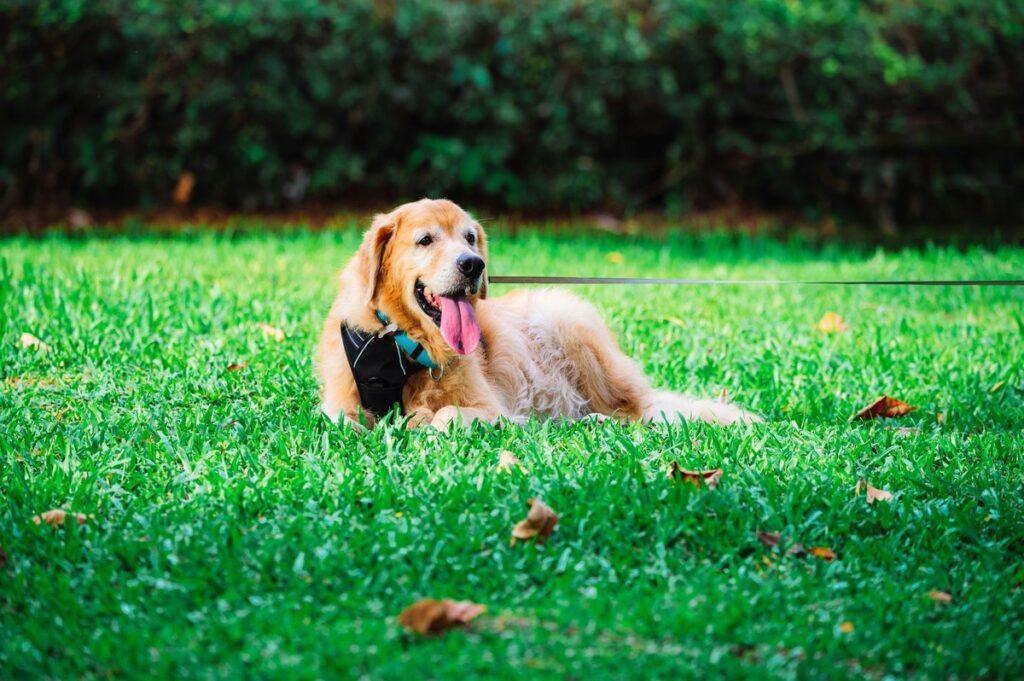Looking for a dog breed that will be part of your life for many joyful years? Choosing one of the longest-living dog breeds can bring over a decade of companionship, love, and shared memories. In this guide, we’ll explore the top 10 dog breeds known for their exceptional longevity—and how you can help them thrive even longer.
When my grandmother adopted a tiny Chihuahua named Bella, she never imagined the pup would become her loyal companion for over 17 years. Watching Bella grow old gracefully—still wagging her tail at every sound—taught our entire family the value of choosing a breed with long life potential and caring for them properly from day one.
Why Some Dog Breeds Live Longer
It’s not just genetics—though that plays a major role. Smaller dog breeds tend to live longer than large breeds due to slower aging processes and reduced stress on their organs and joints. Beyond size, lifestyle, diet, healthcare, and early detection of illness also influence canine longevity.
Breeds with fewer hereditary health problems and a calm temperament often enjoy longer lives. Responsible breeding and proper early socialization can help ensure a dog’s physical and emotional resilience as they age.
Top 10 Longest-Living Dog Breeds
These breeds are recognized not only for their popularity but also for their longevity. According to the American Kennel Club (AKC), small breeds like Chihuahuas, Toy Poodles, and Dachshunds often have longer lifespans due to genetics, size, and overall health profiles.
Here are the breeds most commonly known for their impressive lifespans, some even living into their early 20s with proper care:
- Chihuahua (Lifespan: 14–18 years): Small in size but full of attitude, Chihuahuas are among the longest-living breeds when well-socialized and protected from injury.
- Toy Poodle (Lifespan: 14–17 years): Highly intelligent and low-shedding, Toy Poodles are a favorite among allergy sufferers and long-life seekers alike.
- Dachshund (Lifespan: 12–16 years): These stubborn yet loyal sausage-shaped dogs thrive with moderate exercise and healthy joints support.
- Shih Tzu (Lifespan: 13–16 years): Originally bred for royalty, their calm temperament and compact size contribute to a long and pampered life.
- Lhasa Apso (Lifespan: 13–17 years): Independent and robust, this breed requires regular grooming but tends to live well into its mid- to late teens.
- Maltese (Lifespan: 12–15 years): Known for their silky white coats and playful attitude, Maltese dogs age gracefully with proper dental care.
- Pomeranian (Lifespan: 13–16 years): Energetic and alert, they benefit from mental stimulation and regular vet checkups to live long, vibrant lives.
- Yorkshire Terrier (Lifespan: 13–16 years): Feisty but fragile, Yorkies need consistent dental and joint care to stay healthy well into old age.
- Australian Cattle Dog (Lifespan: 12–16 years): One of the few medium-sized breeds on this list, they’re working dogs with outstanding stamina and longevity.
- Beagle (Lifespan: 12–15 years): Friendly and food-driven, Beagles do well with balanced diets and lots of outdoor time.

How to Help Your Dog Live Longer
While genetics play a key role in lifespan, how you care for your dog can significantly increase their chances of a long, healthy life. Even small changes in daily routines can add years to your pet’s life.
- Provide a balanced diet: High-quality dog food with proper nutrients is crucial. Consider formulas for sensitive stomachs or joint support for aging dogs.
- Keep your dog active: Daily walks, fetch, and mental stimulation help maintain a healthy weight and boost overall well-being.
- Schedule regular vet visits: Annual checkups and dental cleanings can prevent serious health issues from developing unnoticed.
- Maintain a healthy weight: Obesity shortens life expectancy. Use portion control and limit unhealthy treats.
- Use supplements when needed: Products like joint health supplements may slow age-related decline, especially in senior breeds.
- Prioritize hygiene and grooming: Clean ears, trimmed nails, and regular baths support skin and coat health.
- Create a stress-free environment: Dogs that live in stable, loving homes tend to be healthier and live longer.
Ultimately, a combination of nutrition, preventive care, exercise, and love makes all the difference in your dog’s longevity.
Pro Tips from Dog Owners
Experienced dog owners who’ve raised long-living breeds often share valuable insights that go beyond basic care. Here are some tried-and-true tips straight from those who’ve walked the journey:
- “Routine is everything.” — Dogs thrive on consistency. Establish regular feeding, walking, and bedtime schedules early.
- “Brush those teeth.” — Dental health is overlooked but essential. Regular brushing and chew-friendly accessories help prevent infections.
- “Socialize gently, but early.” — Socialization boosts mental health. Gradually introduce your dog to new people, pets, and places.
- “Don’t skip yearly bloodwork.” — Some health issues don’t show symptoms until it’s too late. Blood tests can catch problems early.
- “Mental stimulation is just as important as exercise.” — Puzzle toys, new commands, and interactive play sessions keep your dog’s brain young.
- “Invest in comfort during their senior years.” — Soft bedding and orthopedic beds relieve pressure and pain.
These tips, based on real-life experience, can give your dog a happier and healthier life—and maybe even a few more birthdays to celebrate!
Common Mistakes to Avoid
Even the most loving dog owners can make small mistakes that shorten their pet’s lifespan. Here are some of the most common ones to avoid if you want your dog to enjoy a long, healthy life:
- Skipping vet checkups: Annual (or bi-annual for seniors) visits can catch health problems before they escalate.
- Overfeeding: Obesity is a major factor in canine health decline. Stick to portion guidelines and avoid excessive treats.
- Neglecting dental hygiene: Plaque buildup can lead to organ damage. Brush regularly or use chew toys that promote dental health.
- Lack of mental stimulation: A bored dog is an unhappy dog. Engage them with play, learning, and enrichment.
- Not adjusting care as your dog ages: Senior dogs need softer diets, more naps, and less physical stress.
By avoiding these mistakes and staying proactive, you’ll not only extend your dog’s life but also enhance the quality of every year they share with you.
Final Thoughts
Choosing one of the longest-living dog breeds gives you a better chance at enjoying many joyful years with your furry companion. But genetics are just one piece of the puzzle. Your daily care, diet decisions, activity planning, and emotional support play just as big of a role in their overall health and longevity.
Whether you’re considering a Whippet or already share your life with a senior pup, remember that time is your most valuable gift. Regular checkups, a healthy lifestyle, and lots of love will make every moment count.
Now that you know which breeds tend to live the longest and how to support their health, you’re equipped to give your dog a truly fulfilling life—one paw step at a time.
FAQ – Longest-Living Dog Breeds
Which dog breed lives the longest?
The Chihuahua is often considered the longest-living dog breed, with many living 15–20 years when properly cared for.
Do small dogs really live longer than big dogs?
Yes, generally smaller dog breeds tend to outlive larger breeds due to slower aging processes and fewer joint and heart-related issues.
How can I help my dog live a longer life?
Provide a balanced diet, regular vet checkups, daily exercise, mental stimulation, and lots of affection. Early detection of issues is also key.
What is considered old for a dog?
It depends on the breed, but most dogs are considered seniors between 7 and 10 years of age. Smaller breeds tend to age more slowly.
Can supplements help my dog live longer?
Certain supplements, such as those for joints, immunity, and digestion, can support longevity—especially for older dogs. Read more in our guide on Best Supplements for Joint Health.



